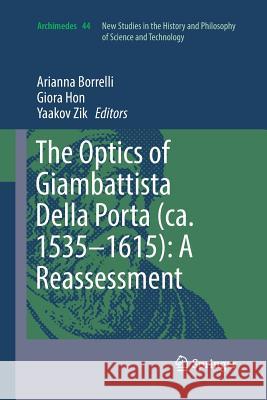The Optics of Giambattista Della Porta (Ca. 1535-1615): A Reassessment » książka
topmenu
The Optics of Giambattista Della Porta (Ca. 1535-1615): A Reassessment
ISBN-13: 9783319843483 / Angielski / Miękka / 2018 / 205 str.
The Optics of Giambattista Della Porta (Ca. 1535-1615): A Reassessment
ISBN-13: 9783319843483 / Angielski / Miękka / 2018 / 205 str.
cena 459,42 zł
(netto: 437,54 VAT: 5%)
Najniższa cena z 30 dni: 459,42 zł
(netto: 437,54 VAT: 5%)
Najniższa cena z 30 dni: 459,42 zł
Termin realizacji zamówienia:
ok. 16-18 dni roboczych.
ok. 16-18 dni roboczych.
Darmowa dostawa!
Kategorie:
Wydawca:
Springer
Seria wydawnicza:
Język:
Angielski
ISBN-13:
9783319843483
Rok wydania:
2018
Wydanie:
Softcover Repri
Ilość stron:
205
Waga:
0.30 kg
Wymiary:
23.39 x 15.6 x 1.14
Oprawa:
Miękka
Wolumenów:
01
Dodatkowe informacje:
Wydanie ilustrowane











